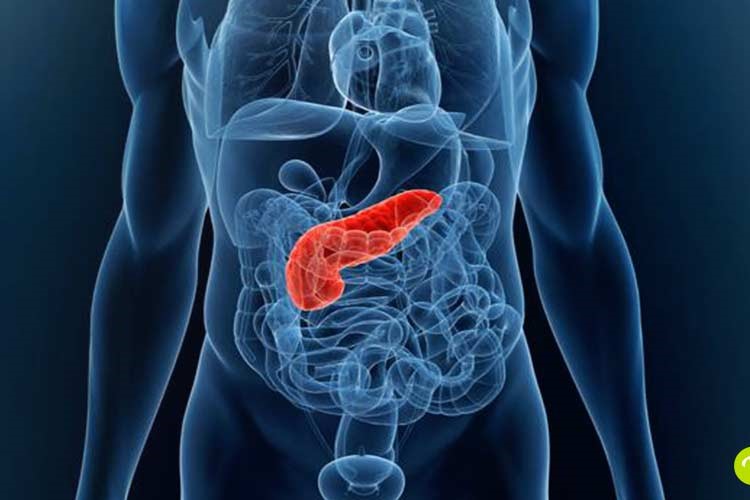
Acute pancreatitis: what is the role of nutrition
Pancreatitis is a disorder that affects many people, manifesting itself in abdominal twinges of varying duration, severity and frequency from case to case
What is the pancreas?
The pancreas is a fundamental gland, about 20 cm in size, located between the stomach and the spinal column.
Like other glands, it has an endocrine function, i.e. it secretes hormones that it releases into the bloodstream – such as insulin and glucagon, produced by the pancreatic islets inside it – and an exocrine function, i.e. it produces digestive enzymes.
When the pancreas becomes inflamed, acute pancreatitis can occur.
This inflammation may resolve within a few days, or it may present itself in a more severe form and may recur several times over time.
What are the symptoms of acute pancreatitis?
Often pancreatitis is caused by gallstones (or gallstones), but it can also result from alcohol abuse.
Among the symptoms, the first one to look out for is pain in the upper abdomen, which may radiate to the back in the form of twinges.
The pain may be accompanied by other symptoms, such as fever, nausea and vomiting, and in severe cases may develop into septicaemia.
Acute pancreatitis: how is it diagnosed?
Pain is the first strong alarm bell.
Blood tests will then confirm the diagnosis: in the case of pancreatitis, amylase and lipase values, two enzymes, rise.
If the practitioner feels the need, he or she may request other tests, from an ultrasound to a CT scan of the abdomen.
Acute pancreatitis and nutrition
Acute pancreatitis is an abdominal inflammation, and like other abdominal inflammations it has to do with nutrition.
Gallbladder stone formation is also closely linked to the consumption of a lot of refined carbohydrates and little fibre, along with obesity or sudden weight loss.
After an episode of acute pancreatitis, it is important to follow a low-fat, high-protein diet.
This means introducing foods such as fish, poultry, tofu, beans, lentils and other legumes. Also important are antioxidants, which should be taken with fruit and vegetables.
Fatty, fried or spicy foods can further inflame the pancreas and cause pain, which is why they should be avoided as much as possible, as should alcohol.
In addition, fruit juices, carbonated and sugary drinks, sausages, red meat and generally foods rich in salt and low in water should also be avoided, as they can increase inflammation.
How is acute pancreatitis treated?
If acute pancreatitis presents itself in a mild form, 2-3 days of fasting, possibly combined with the administration of drips to replenish the body’s lost fluids will be sufficient.
In the case of more severe forms, hospitalisation, and in some severe cases, surgery, may be necessary. In any case, the specialist will propose the most appropriate therapy.
Read Also:
Emergency Live Even More…Live: Download The New Free App Of Your Newspaper For IOS And Android
Gestational Diabetes, What It Is And How To Deal With It
Pancreatic Cancer, A New Pharmacological Approach To Reduce Its Progression
What Is Pancreatitis And What Are The Symptoms?
Kidney Stones: What They Are, How To Treat Them
Acute Pancreatitis: Causes, Symptoms, Diagnosis And Treatment
Pancreas: Prevention And Treatment Of Pancreatic Cancer


